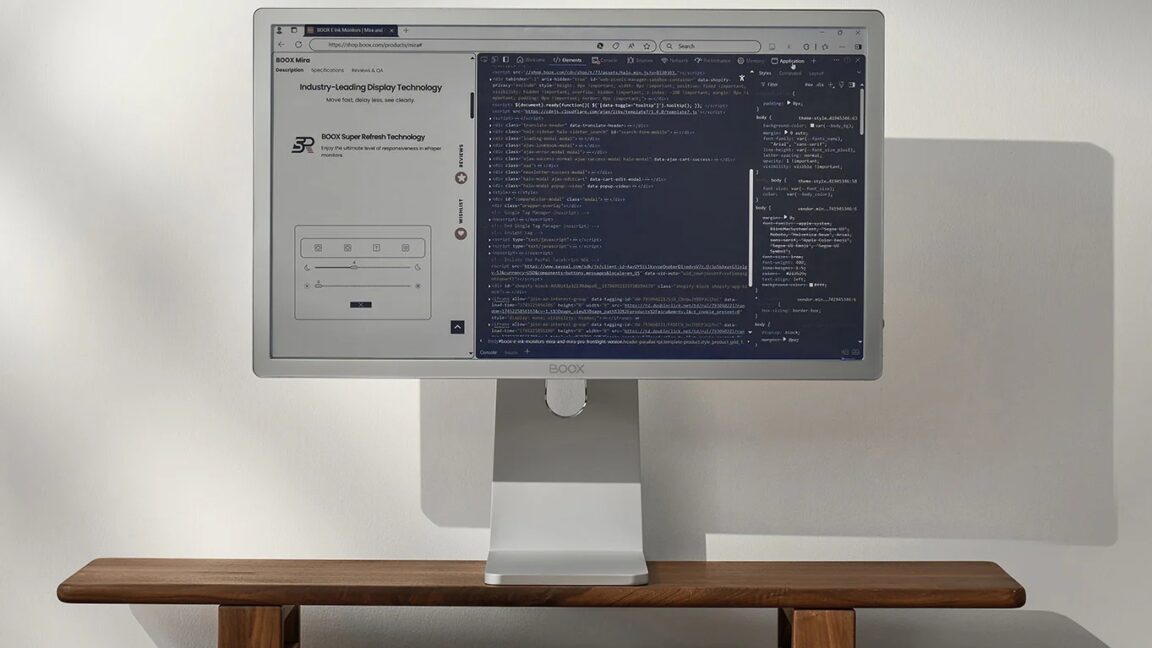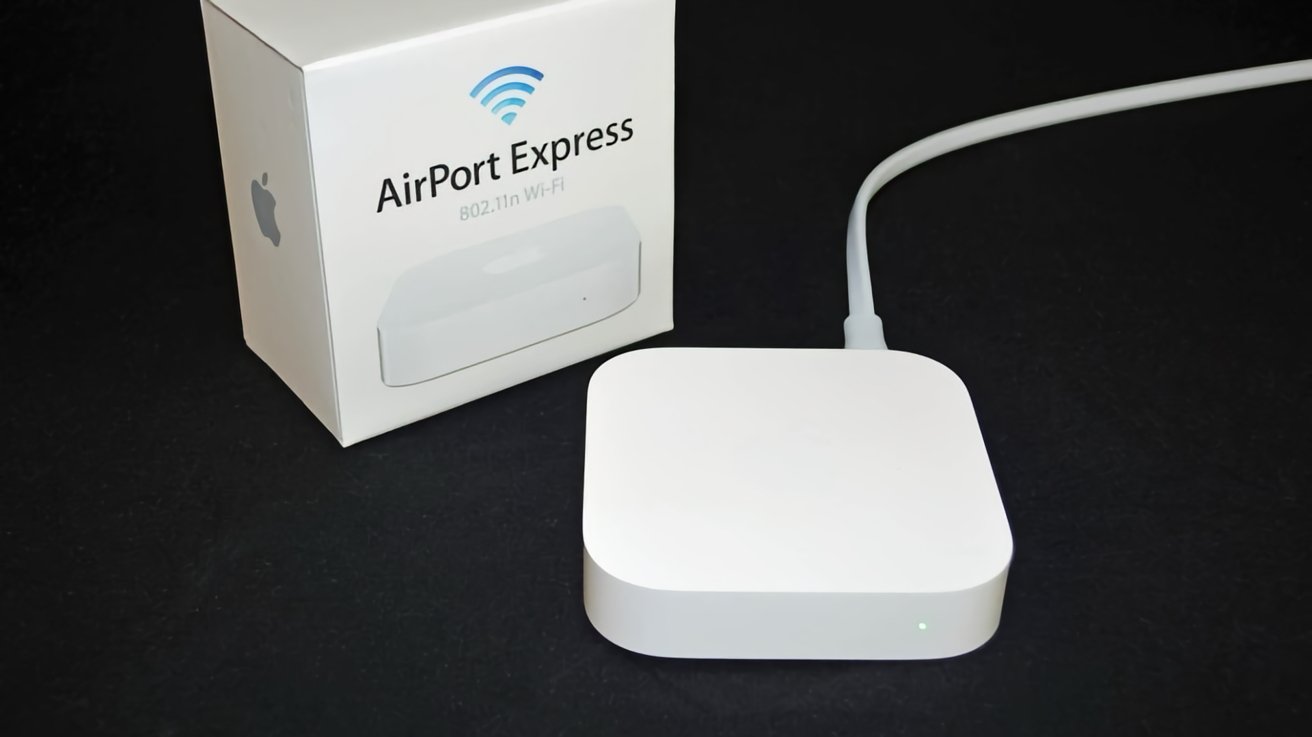The CISO’s Guide to Managing Cyber Risk in Hybrid Workplaces
Hybrid work has become a permanent fixture in the modern enterprise, blending remote and in-office operations to enhance flexibility and productivity. However, this model introduces complex cybersecurity challenges, from unsecured home networks to fragmented visibility across distributed endpoints. For CISOs, safeguarding hybrid workplaces demands a strategic balance between robust security protocols and seamless user experiences. […] The post The CISO’s Guide to Managing Cyber Risk in Hybrid Workplaces appeared first on Cyber Security News.

Hybrid work has become a permanent fixture in the modern enterprise, blending remote and in-office operations to enhance flexibility and productivity.
However, this model introduces complex cybersecurity challenges, from unsecured home networks to fragmented visibility across distributed endpoints.
For CISOs, safeguarding hybrid workplaces demands a strategic balance between robust security protocols and seamless user experiences.
With ransomware attacks escalating and over 70% of organizations acknowledging hybrid work’s negative impact on their security posture, CISOs must reimagine risk management frameworks to address evolving threats.
This guide explores actionable strategies to fortify defenses, foster collaboration, and build resilient cultures in hybrid environments.
The Evolving Role of the CISO in a Hybrid World
The CISO’s responsibilities have expanded beyond traditional technical oversight to encompass governance, risk alignment, and organizational resilience.
As hybrid work blurs network perimeters, CISOs now act as strategic advisors, bridging gaps between IT, human resources, and executive leadership.
For instance, 58% of enterprises prioritize cybersecurity alongside hybrid work adoption, requiring CISOs to integrate security into business continuity planning and employee workflows.
This shift demands a focus on metrics that quantify risk in financial terms, such as potential downtime costs or breach remediation expenses.
By advocating for board-level accountability and cross-departmental collaboration, CISOs can ensure security initiatives align with broader organizational goals, such as cost optimization and regulatory compliance.
Five Strategies to Mitigate Hybrid Work Risks
- Implement Zero Trust Frameworks
Zero Trust architectures eliminate implicit trust by continuously verifying user identities and device integrity. Solutions like hybrid mesh firewalls unify security policies across cloud, on-premises, and remote environments, reducing blind spots. For example, integrating multi-factor authentication (MFA) and micro-segmentation limits lateral movement during breaches. - Strengthen Endpoint Visibility and Control
With employees using personal devices, endpoint detection and response (EDR) tools are critical. Automated patch management and encrypted device protocols prevent exploits, while centralized dashboards provide real-time monitoring of hybrid endpoints. - Prioritize Secure Access Service Edge (SASE)
SASE combines SD-WAN and cloud security into a single service, ensuring consistent protection for remote users. By routing traffic through cloud-based secure gateways, CISOs reduce reliance on vulnerable VPNs and minimize latency. - Conduct Regular Phishing Simulations
Over 90% of breaches originate from phishing. Interactive training programs and simulated attacks improve employee vigilance, while AI-driven email filters block malicious payloads before they reach inboxes. - Adopt Automated Incident Response
AI-powered tools accelerate threat detection and containment. For example, automated playbooks can isolate compromised devices within seconds, minimizing downtime and data loss during ransomware incidents.
Building a Culture of Cyber Resilience
A security-first culture is the cornerstone of hybrid work risk management. CISOs must engage employees at all levels through transparent communication and incentivized compliance.
For instance, gamifying training modules or recognizing “security champions” within teams fosters collective accountability.
Leadership buy-in is equally critical-executives who model secure behaviors, such as using approved collaboration tools, reinforce the importance of protocols.
- Integrate Security into Daily Workflows
Embedding security tools into platforms employees already use, like Microsoft Teams or Slack, reduces friction. Single sign-on (SSO) and passwordless authentication streamline access while maintaining rigor. - Conduct Quarterly Resilience Drills
Simulated cyberattacks test incident response plans and highlight gaps. Post-drill debriefs with IT, legal, and PR teams ensure alignment on roles during crises.
Ultimately, CISOs must champion adaptability, recognizing that hybrid work risks will continue evolving. By pairing advanced technologies with human-centric policies, they can transform cybersecurity from a barrier into an enabler of innovation.
In 2025, cyber resilience-not perfection-will define success. CISOs who prioritize scalable frameworks, cross-functional collaboration, and continuous education will empower their organizations to thrive in the hybrid era.
The key lies in viewing security not as a cost center but as a strategic driver of trust and operational excellence.
Find this News Interesting! Follow us on Google News, LinkedIn, & X to Get Instant Updates!
The post The CISO’s Guide to Managing Cyber Risk in Hybrid Workplaces appeared first on Cyber Security News.































![[Free Webinar] Guide to Securing Your Entire Identity Lifecycle Against AI-Powered Threats](https://blogger.googleusercontent.com/img/b/R29vZ2xl/AVvXsEjqbZf4bsDp6ei3fmQ8swm7GB5XoRrhZSFE7ZNhRLFO49KlmdgpIDCZWMSv7rydpEShIrNb9crnH5p6mFZbURzO5HC9I4RlzJazBBw5aHOTmI38sqiZIWPldRqut4bTgegipjOk5VgktVOwCKF_ncLeBX-pMTO_GMVMfbzZbf8eAj21V04y_NiOaSApGkM/s1600/webinar-play.jpg?#)






































































































































![[The AI Show Episode 145]: OpenAI Releases o3 and o4-mini, AI Is Causing “Quiet Layoffs,” Executive Order on Youth AI Education & GPT-4o’s Controversial Update](https://www.marketingaiinstitute.com/hubfs/ep%20145%20cover.png)


































































































































































































































































































































































-xl.jpg)











![Google Home app fixes bug that repeatedly asked to ‘Set up Nest Cam features’ for Nest Hub Max [U]](https://i0.wp.com/9to5google.com/wp-content/uploads/sites/4/2022/08/youtube-premium-music-nest-hub-max.jpg?resize=1200%2C628&quality=82&strip=all&ssl=1)














![New Hands-On iPhone 17 Dummy Video Shows Off Ultra-Thin Air Model, Updated Pro Designs [Video]](https://www.iclarified.com/images/news/97171/97171/97171-640.jpg)
![Apple Shares Trailer for First Immersive Feature Film 'Bono: Stories of Surrender' [Video]](https://www.iclarified.com/images/news/97168/97168/97168-640.jpg)






































































































